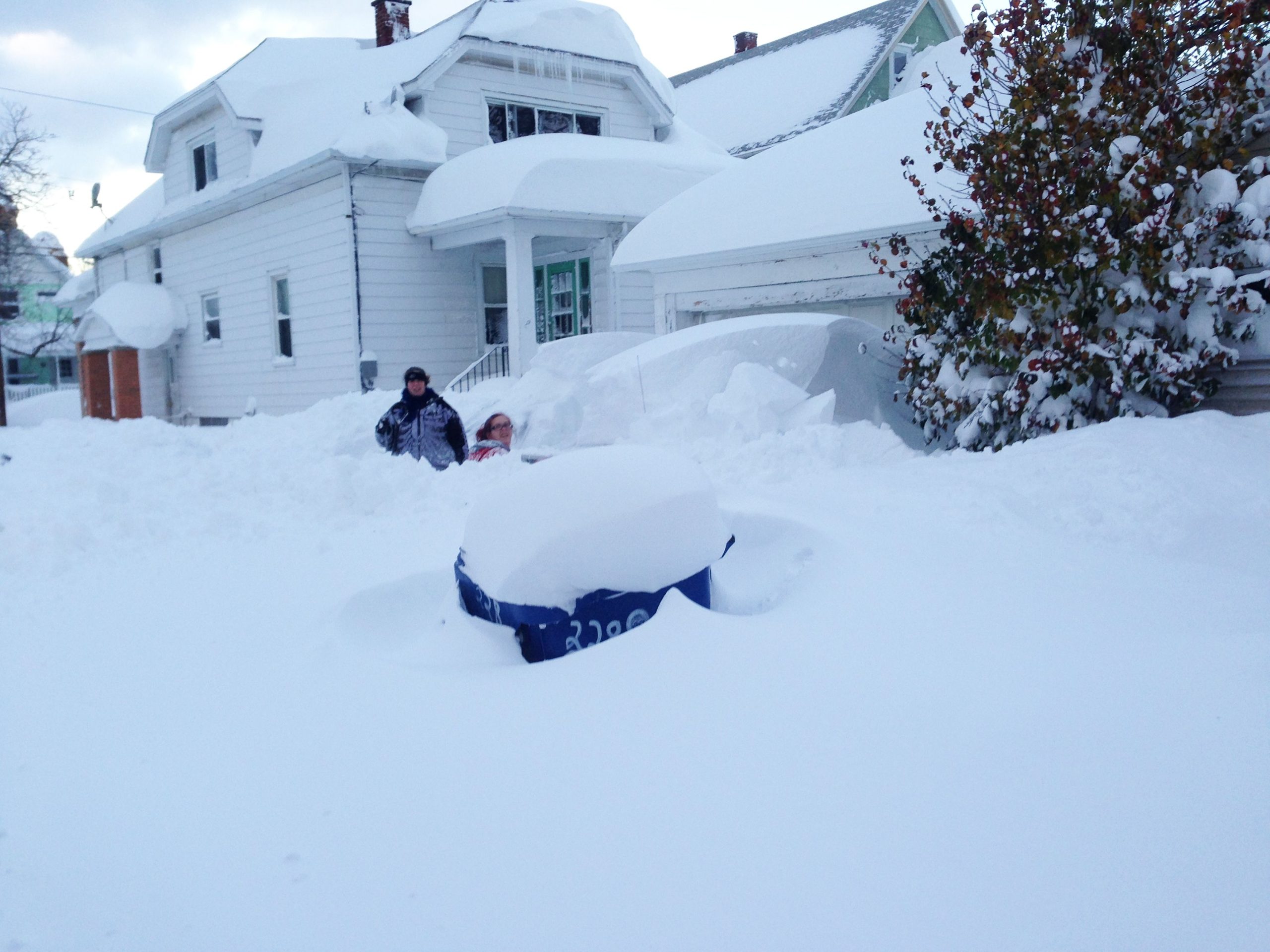The first major storm of the year is expected to dump 1-2 feet of snow in the Great Lakes, making travel “difficult to impossible” according to the National Weather Service.

Tuesday will be in the 30s and 40s in New England, the mid-Atlantic, and even into the Carolinas, with 50s in the Southeast and Gulf Coast/north Florida. Cold highs in the 20s and 30s are expected for the Great Lakes/Midwest, with 30s and 40s in the central Plains and middle Mississippi and Ohio Valleys. (Source: USA Today)
Lake-effect Snow at Great Lakes
According to AccuWeather meteorologist Jake Sojda, moderate to heavy lake-effect snow will fall today into Wednesday early downwind of the Great Lakes. The worst weather is expected on Monday night: The lake-effect snow will be at its greatest across the whole Great Lakes from Monday afternoon until Tuesday early. The weather agency advised, “if traveling, be prepared for rapidly changing road conditions and visibilities.” Accuweather predicts feet of snow in northern Michigan, northwestern Pennsylvania, and northern New York near the lakes. Snow is expected south of Buffalo, according to the weather service.
Lake-effect snow forms from narrow bands of clouds when cold, dry northern air passes over a large, relatively moderate lake. It can persist from a few minutes to many days. These snows usually occur in fall or early winter before the lakes freeze. Lake-effect snow can occur all winter and spring if the lakes don’t freeze. Which places get lake-effect snow depends on wind direction. Heavy snow may fall in one area while the sun shines a mile or two distant in either direction. AccuWeather reported that 5 feet of lake-effect snow fell in two days near Buffalo, New York, in November 2014. AccuWeather senior meteorologist Alex Sosnowski predicted snow squalls outside the Great Lakes into Tuesday evening.
“Snow squalls are especially dangerous as they pass over high speed, busy highways, such as Interstates 79, 80, and 81 in the region, where the volume of traffic may prevent motorists from seeing the squalls coming in advance,” stated. A powerful Arctic front can cause squalls, which are like fast-moving summer rain showers and thunderstorms. Recent winters have seen enormous and deadly chain-reaction highway pileups due to snow squalls’ quick but extreme precipitation rates, which can reduce visibility and slicken roads. Winter chain-reaction accidents kill dozens and destroy hundreds or thousands of automobiles and trucks. Below-average temperatures will dominate much of the nation this week, but snow will be the biggest concern around the Great Lakes. The meteorological service forecasts temperatures in the 30s and 40s for New England, the mid-Atlantic, and even into the Carolinas on Tuesday, with 50s for the Southeast and Gulf Coast/north Florida. Cold highs in the 20s and 30s are expected for the Great Lakes/Midwest, with 30s and 40s in the central Plains, Mississippi and Ohio Valleys, and the central Plains. Texas and the lower Mississippi Valley will have 50s highs. These temperatures are 10-20 degrees below average for this season.
READ ALSO: Swelling Number of Migrants During Winter Weather Struggles

















































